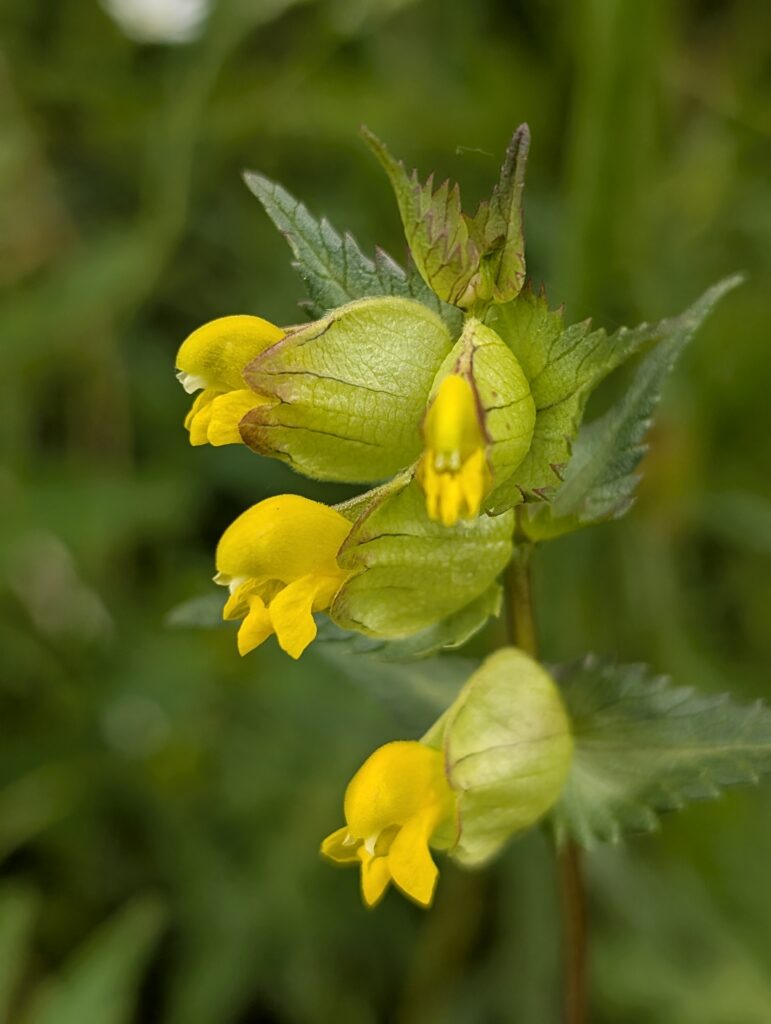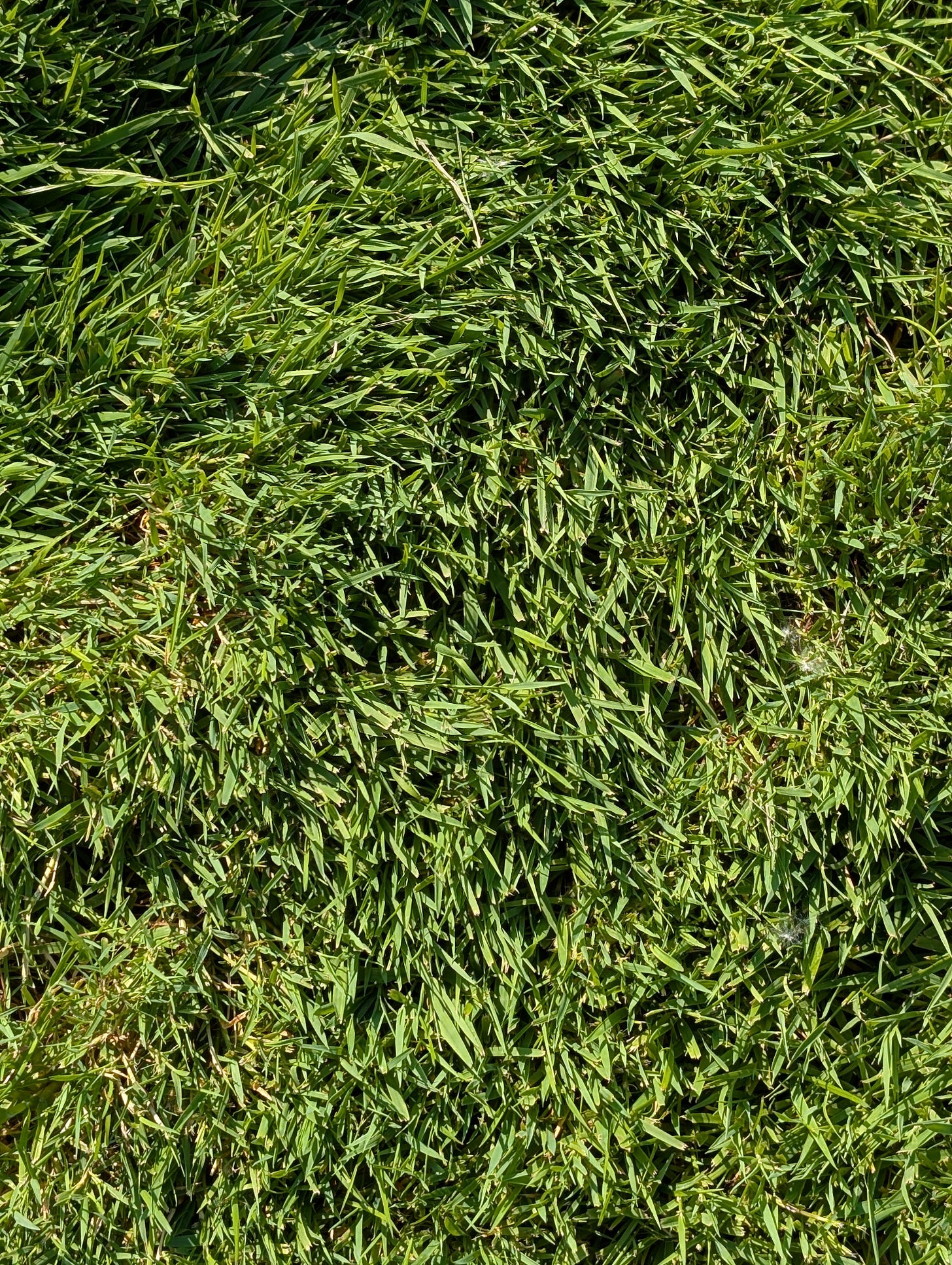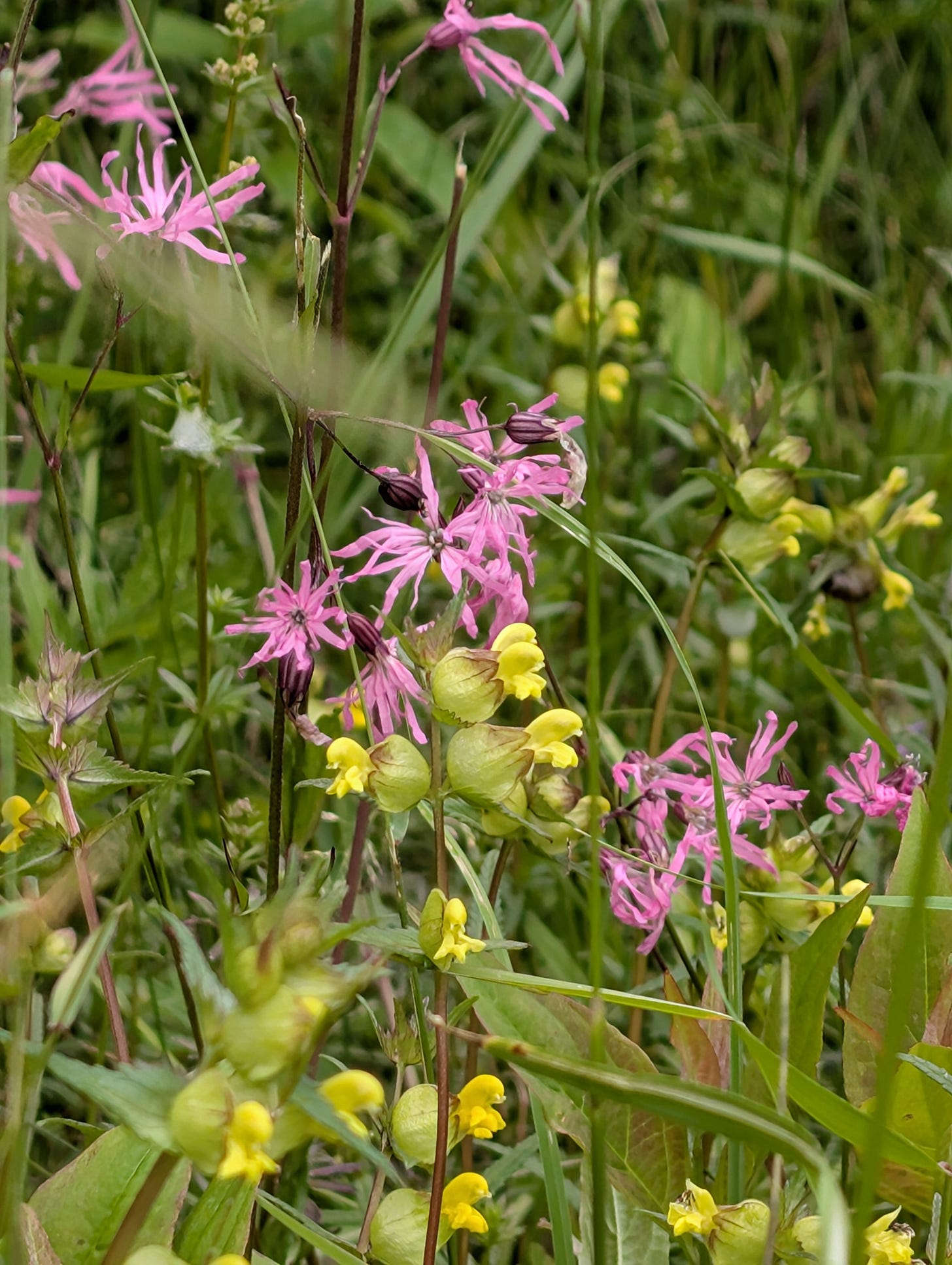 This odd-looking little wildflower grows among tall grasses, hardly noticeable. But it’s fighting a quiet battle to create diversity.
This odd-looking little wildflower grows among tall grasses, hardly noticeable. But it’s fighting a quiet battle to create diversity.
What’s the difference between a meadow and a lawn? A lawn is an expanse of nothing but grass, probably drenched in herbicide. (I will spare you my usual rant about the dangers of lawn pesticides.) But a meadow is, by definition, a gloriously diverse mix-up of grass, wildflowers, sedges, rushes, a fern or two, all swaying in the summer breeze, with roots wildly entangled under the soil. A meadow is non-native daisies and buttercups, it’s native flowers like sundrops and milkweed, it’s flowering and non-flowering plants with a bit of moss and fungus thrown in. Diversity is the very essence of a meadow.
As I ramble through nature I’m always looking for metaphors: coded symbols, whispered messages from the universe hidden in the leaves somewhere. And in a local meadow where I recently strolled, I found this odd fellow, a native plant called yellow rattle. It’s a creator of diversity.
Grass is dominant in most open, mowed landscapes. Especially the grasses we use for lawns and hayfields, which were imported here centuries ago from Eurasia. (There are native grasses, of course, that grow in graceful clumps, but they don’t make good lawns, and they’re increasingly rare in our landscape.) Grass is the aggressive colonizer, designed to overwhelm and replace the indigenous inhabitants.

Hayfield or lawn, the goal of farmers and homeowners is a smooth, homogenous expanse of green. But in this particular meadow, enter yellow rattle, an outlaw plant that totally messes up the system. (It gets its weird name, by the way, from the fact that the seeds are formed inside those clamshell-shaped pods. In late summer, the sun dries the seeds to hard little pellets. When the first fall winds blow, you can actually hear the plant “talking” by rattling its seeds.)

Yellow rattle is a quiet subversive. It survives by surreptitiously attaching to the roots of other plants and leaching nitrogen and other vital nutrients. But here’s the thing—it doesn’t prey on the weak. It targets the strongest plants: the dominant grasses. By thinning the aggressive grass, yellow rattle opens up space for other plants: the ones that attract pollinators like bees, butterflies, hummingbirds. It turns hayfield to meadow.
Of course, it’s regarded as a parasite and an agricultural pest. If you google yellow rattle, you’ll find all sorts of nastily toxic suggestions for ways to eradicate it. But a site called Wildgardenexpert.com has a more positive take. They point out that yellow rattle creates diversity. They recommend planting it to help the meadow be all it can be:
“Yellow rattle, with its vibrant bursts of golden flowers, plays an important role in wildflower meadows. Indeed, unlocking a wildflower meadow’s fullest potential requires introducing the supporting actor that is yellow rattle.
“Parasitizing meadow grasses proves essential for yellow rattle to complete lifecycles but also profoundly benefits floral diversity. By tapping into grass root nutrient and water channels, yellow rattle weakens dominance of fast-growing grasses like ryegrass, Timothy grass, and tufted hairgrass. This suppression of dominant grasses prevents shading out lower-growing wildflowers in the developing meadow ecosystem. Promoting the establishment of endangered or overlooked wildflowers enhances species richness, attracting more pollinators like solitary bees and hoverflies. Thus, yellow rattle facilitates a self-sustaining, biodiverse ecosystem.”
Metaphors in the grass—there they are, literally under our feet. A little-noticed plant whose role is to “unlock potential”—I love that. Self-sustaining and diverse: that’s the description of a healthy meadow, or city, or nation, or planet.






Recent Comments